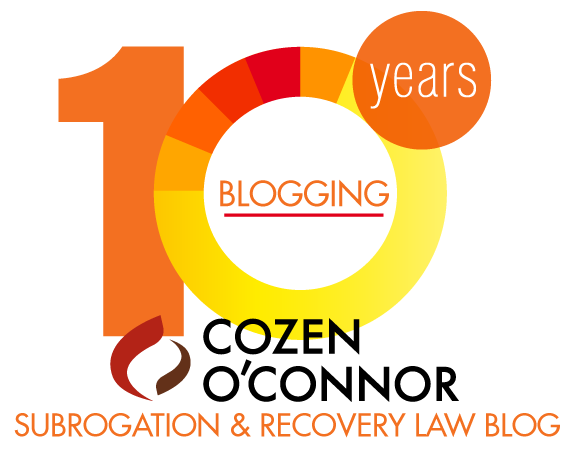 Establishing the cause of a fire through the process of elimination has been a hot topic in recent years, both among subrogation professionals as well as inside the National Fire Protection Association (NFPA). In 2011, NFPA explicitly rejected negative corpus as a reliable methodology in fire investigation. Specifically, NFPA 921-18.6.5 (2011) provided:
Establishing the cause of a fire through the process of elimination has been a hot topic in recent years, both among subrogation professionals as well as inside the National Fire Protection Association (NFPA). In 2011, NFPA explicitly rejected negative corpus as a reliable methodology in fire investigation. Specifically, NFPA 921-18.6.5 (2011) provided:
Inappropriate Use of the Process of Elimination. The process of determining the ignition source for a fire, by eliminating all ignition sources found, known, or believed to have been present in the area of origin, and then claiming such methodology is proof of an ignition source for which there is no evidence of its existence, is referred to by some investigators as “negative corpus” …. This process is not consistent with the Scientific Method, is inappropriate, and should not be used because it generates un-testable hypotheses and may result in incorrect determinations of the ignition source and first fuel ignited. Any hypothesis formulated for the casual factors (e.g., first fuel, ignition source, and ignition sequence), must be based on facts. Those facts are derived from evidence, observations, calculations, experiments and the laws of science. Speculative information cannot be included in the analysis.
The NFPA’s rejection of negative corpus sparked much debate and discussion in the fire investigation community. In the 2014 version of NFPA 921, the NFPA added information to better clarify its actual intent. Although continuing to reject the use of negative corpus, the 2014 version of NFPA 921 recognizes that the process of elimination is appropriate in certain situations. Specifically, NFPA 921-19.6.5 (2014) inserts three sentences addressing the appropriate use of the process of elimination:
Appropriate Use. The process of elimination is an integral part of the scientific method. Alternative hypotheses should be considered and challenged against the facts. Elimination of a testable hypothesis by disproving the hypothesis with reliable evidence is a fundamental part of the scientific method.
Section 19.6.5 goes on to state that “the process of elimination can be used inappropriately.” The remainder of Section 19.6.5 includes the exact language of Section 18.6.5 (2011), rejecting the use of negative corpus as a reliable methodology in fire investigation.
It is important for the subrogation professional to recognize that the process of elimination remains a viable method for determining the cause of a fire in the appropriate circumstances. Because the 2014 version of 19.6.5 is so recent, it is impossible to determine the courts’ likely interpretation as to what those “appropriate circumstances” are. We will continue to update this blog as the courts begin to address the application of Section 19.6.5 in future cases.





